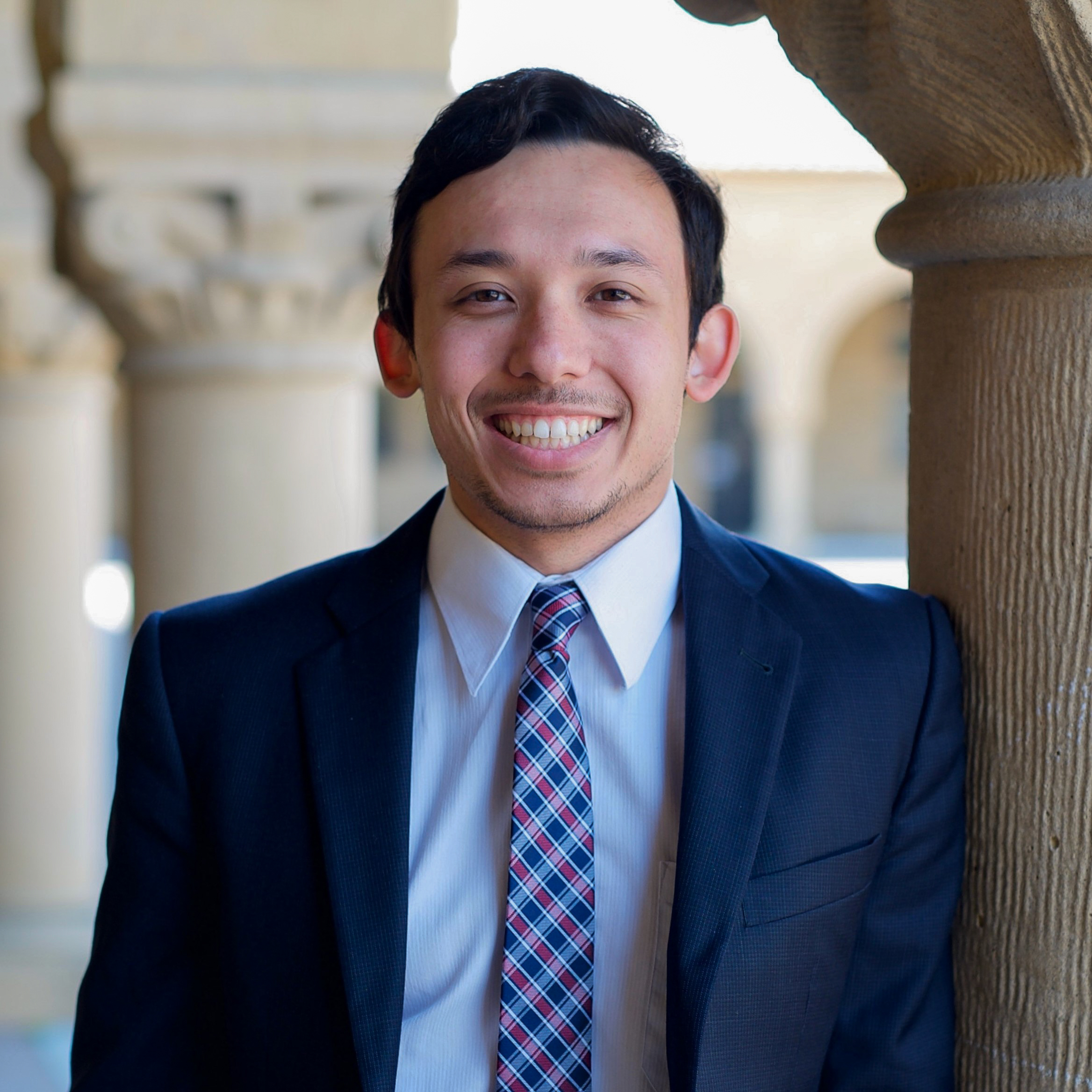Products & Technologies
Back to Menu
Products & Technologies
Services
Resources
Posted
May 27, 2021

Stay updated on our content.
Seeing a Bright Future for Flat Optics

by Dante Zakhidov, Sage Doshay, Ph.D. David Sell, Ph.D. Robert Visser, Ph.D.
May 27, 2021
The invention of the MOSFET enabled the miniaturization and mass production of transistors, which marked the birth of Silicon Valley. Similarly, we now find ourselves approaching another technological inflection—Flat Optics.
Flat Optics, or Engineered Optics, is an exciting paradigm in optics where collections of nanostructures, or “metasurfaces,” are fabricated on flat surfaces using semiconductor technologies to generate almost any light-manipulating function—lenses, polarizers, color filters and more. Applications in mobile sensing, AR/VR, biotechnology, LIDAR and other fields will soon start to move from bulky and conventional refractive optics to metasurfaces, which not only give benefits in size and scale but also broad functionality and dynamic control.
Why Flat Optics now? Parallel to the discovery of transistors in the 1960s, researchers were also discovering the concept of metasurfaces and demonstrating them in the microwave wavelength. Nevertheless, the technology to produce these devices for visible light wavelengths did not exist. Now, with the necessary industrial expertise in fabrication and material control at the nanoscale coupled with improved computational power for simulation and design, we are at the beginning of a new technological era for the field of optics. To accelerate the commercialization of Flat Optics, a larger collaborative effort is needed to scale the technology and deliver its full benefits to a wide range of applications.
With over 50 years of materials engineering leadership, Applied Materials is well positioned to help advance Flat Optics. As part of our efforts, we are hosting an Open Innovation Workshop today focusing on Flat Optics, to accelerate discovery and promote cooperation between industry, start-ups and academia. The event brings together thought leaders and world experts from different parts of the ecosystem to share results and discuss ideas about how to move the field forward. Applied’s Open Innovation Workshops are designed to enable a more distributed and participatory approach to innovation that will allow the industry to identify bottlenecks in technology and find the best path to scaling.
The Open Innovation Workshop will focus on:
- New applications for nano-structured optics
- Advanced design methods and optimization for metasurfaces
- Dynamic and tunable metasurfaces
- Metasurfaces beyond consumer electronics: defense, automotive and medicine
Invited speakers:
- Professor Andrea Alu, City University of New York
- Professor Harry Atwater, California Institute of Technology
- Professor Mark Brongersma, Stanford University
- Professor Federico Capasso, Harvard University
- Professor Jennifer Dionne, Stanford University
- Professor Jonathan Fan, Stanford University
- Professor Andrei Faraon, California Institute of Technology
- Professor Arka Majumdar, University of Washington
- Professor Owen Miller, Yale University
- Steve Robbins, ImagineOptix
Applied Materials speakers:
- Dr. Om Nalamasu, CTO
- Dr. Robert Visser, VP Engineered Optics
- Dr. Ludovic Godet, Senior Director, Engineered Optics
- Dr. Michael Stewart, Director, Applied Ventures
- Dr. Yongan Xu, Director & Physicist, Engineered Optics
- Dr. Jinxin Fu, Manager & Physicist, Engineered Optics
- Dr. Guannan Chen, Process Engineer, Engineered Optics
Start-ups participating:
- TunOptix—tunable metasuface optics for machine vision and AR/VR
- Brelyon—reimagining immersive displays
- Pumpkinseed—genomic sequence detection with Flat Optics
Connect and Join
Visit our collaboration site to learn more about Applied’s open innovation strategy and how we network with startups, research institutes, leading universities and more. Read about our previous Open Innovation Workshop on quantum technology. You can also follow our open innovation group on LinkedIn and Twitter to join our community of entrepreneurs, academics and industry partners building the next wave of emerging technologies.
Tags: flat optics, Engineered Optics, metasurfaces, open innovation
Dante Zakhidov
Strategic Growth Opportunities - Integrated and Quantum Photonics, Office of the CTO

Dante Zakhidov works on identifying strategic growth opportunities in integrated and quantum photonics at Applied Materials in the Office of the CTO. He is completing a Ph.D. in materials science and engineering at Stanford University where he is working to characterize solid state phenomena in two-dimensional materials. He received his B.S. in chemistry from Rice University where he researched and published on carbon nanomaterials.
Dr. Sage Doshay
Physicist - Flat Optics, Office of the CTO

Dr. Sage Doshay is a physicist working on Flat Optics in the Office of the CTO at Applied Materials. She received her Ph.D. from Stanford University, where she worked on the design and fabrication of dielectric optical metasurfaces.
David Sell, Ph.D.
Physicist, Engineered Optics Group

Dr. David Sell is a physicist in the Engineered Optics group at Applied Materials developing modeling platforms for metasurfaces and augmented reality systems. He received his Ph.D. from Stanford University researching advanced design methods for metasurfaces.
Robert Visser, Ph.D.
VP of Engineering, Office of the CTO

Dr. Robert Visser is VP of Engineering in the Office of the CTO at Applied Materials. He is responsible for exploring business opportunities in new and adjacent markets related to advanced displays, optical components for augmented reality, ‘flat optics’ (metasurface based optics) and advanced packaging solutions enabling new packaging strategies for heterogenous integration. He also advises Applied's chemistry group in India at IIT Mumbai. With more than 30 years of industry experience, Dr. Visser has pioneered research and commercialization of display technologies related to thin film transistors, LCD materials, barrier films (including encapsulation materials), OLED and flexible displays. He holds a master’s degree in theoretical organic chemistry and physics, and a Ph.D. in physical and organic chemistry, both from Leiden University, Netherlands.

Now is the Time for Flat Optics
For many centuries, optical technologies have utilized the same principles and components to bend and manipulate light. Now, another strategy to control light—metasurface optics or flat optics—is moving out of academic labs and heading toward commercial viability.

Introducing Breakthroughs in Materials Engineering for DRAM Scaling
To help the industry meet global demand for more affordable, high-performance memory, Applied Materials today introduced solutions that support three levers of DRAM scaling.

DRAM Scaling Requires New Materials Engineering Solutions
The AI Era of computing is fueling exponential growth in data generation, and the entire technology ecosystem depends on the semiconductor industry finding new ways to scale DRAM architectures to keep pace with bit demand.
